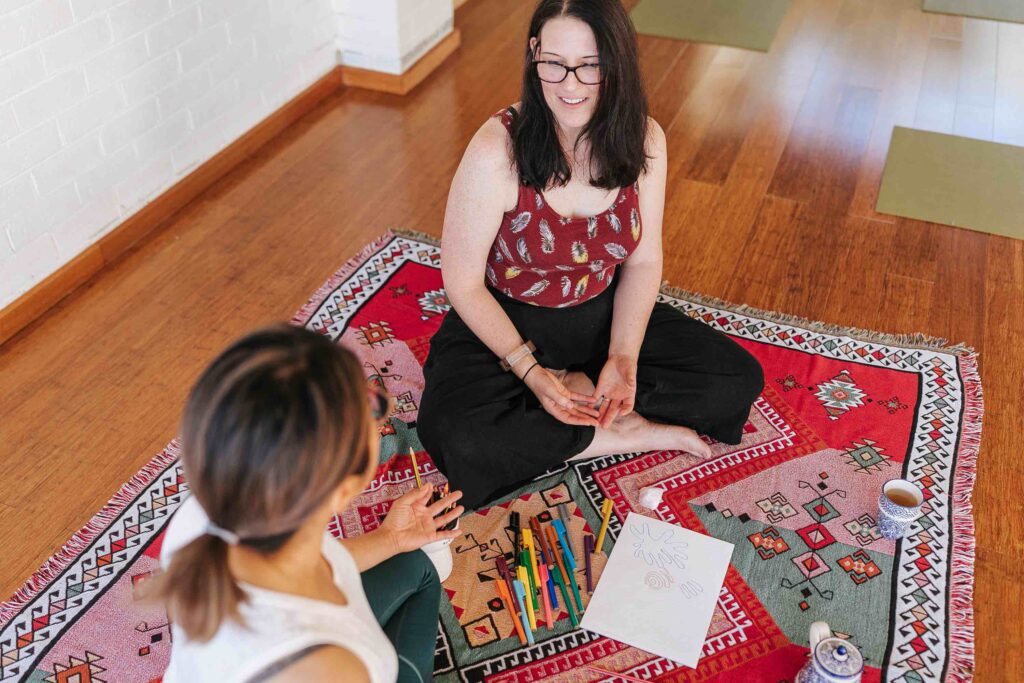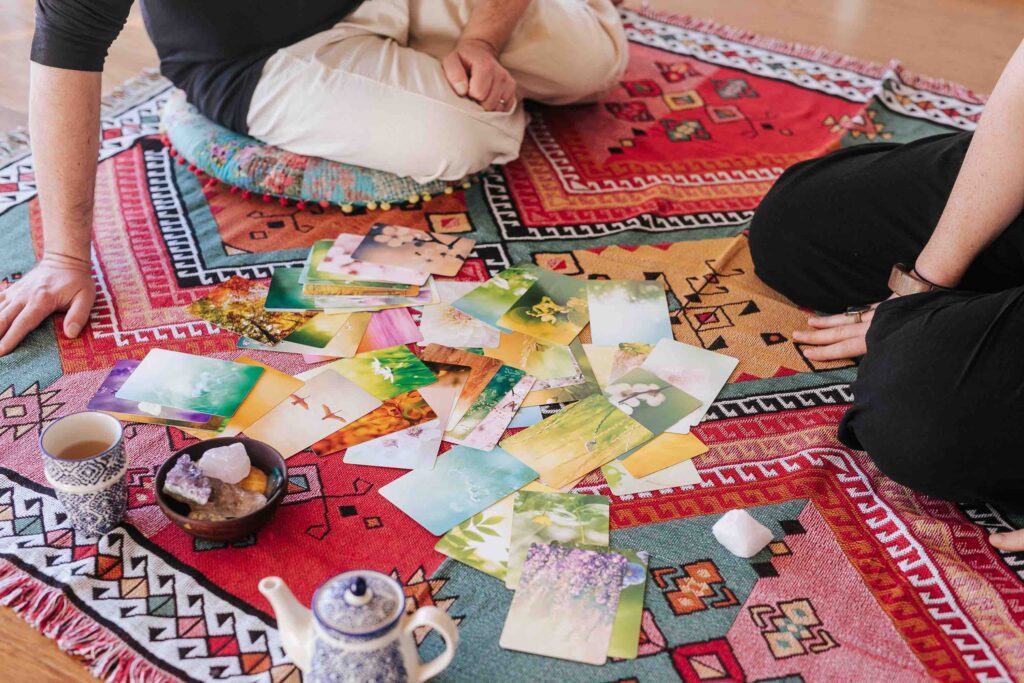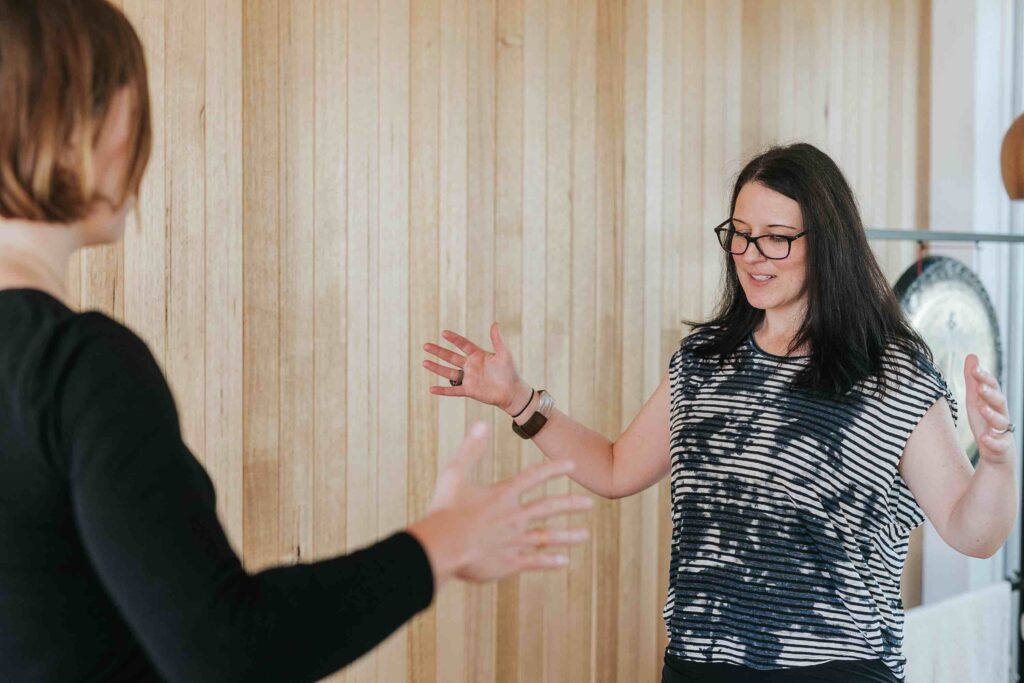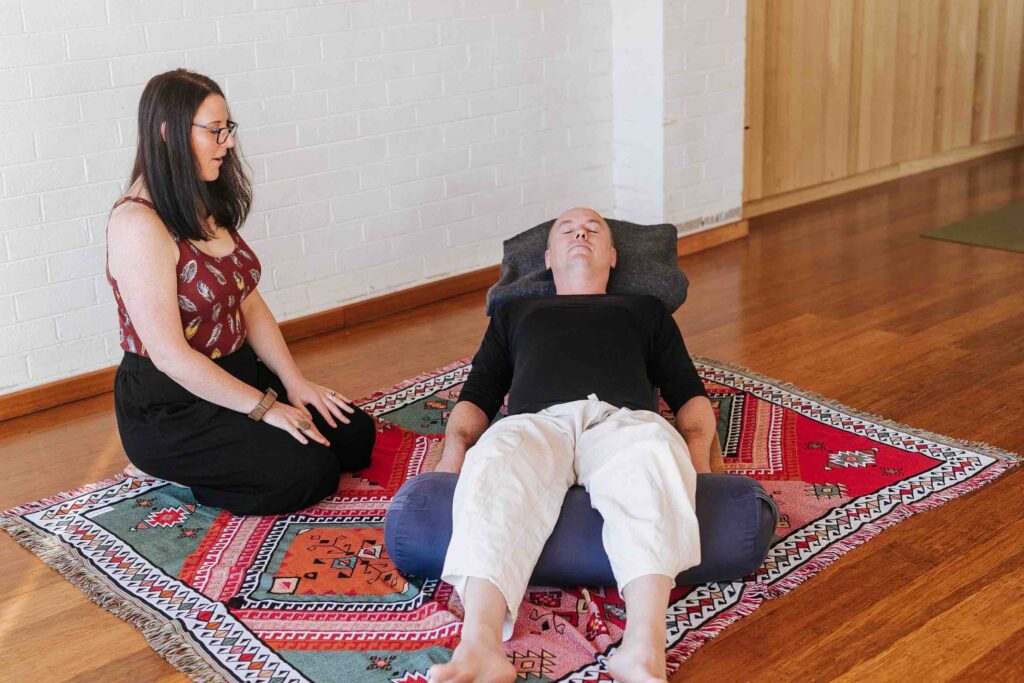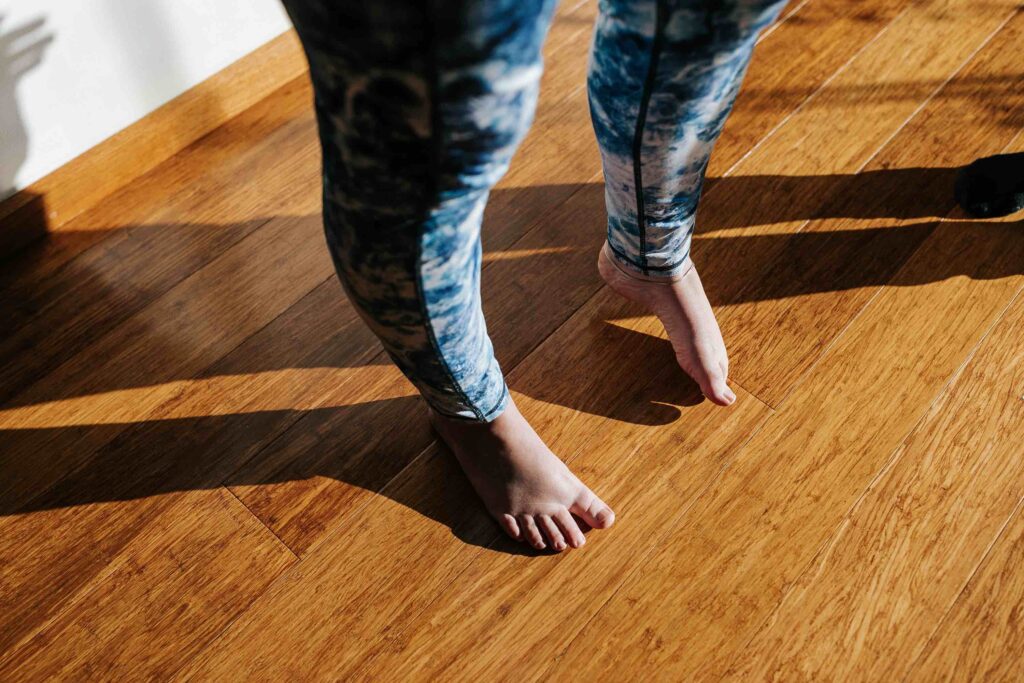Embodied Movement and Meditation, and Yoga Therapy
A Holistic Approach To Wellbeing
Embodied Movement and Meditation, and Yoga Therapy
Embodied Movement and Meditation Sessions cultivate a connection between mind and body and may include the exploration of somatic and some yoga-based movements, moving meditation, and movement with breath, with an emphasis on orienting, grounding, and centring. This practice is a holistic approach and can be useful in building self-awareness, agency, strength, and flexibility (in both body and mind), and aids in self-regulation and relaxation.
For those interested in yoga therapy, a personalised yoga program can be established to support your unique health areas of focus.
Length: 45 minutes
Suitable for: all ages with no prior experience required. Suitable for anyone who wishes to build self-awareness and strengthen body-mind connection. This practice may also help support those living with (but not limited to) mental health issues, eating disorders, sleep disorders, fibromyalgia, chronic fatigue syndrome, and chronic pain.
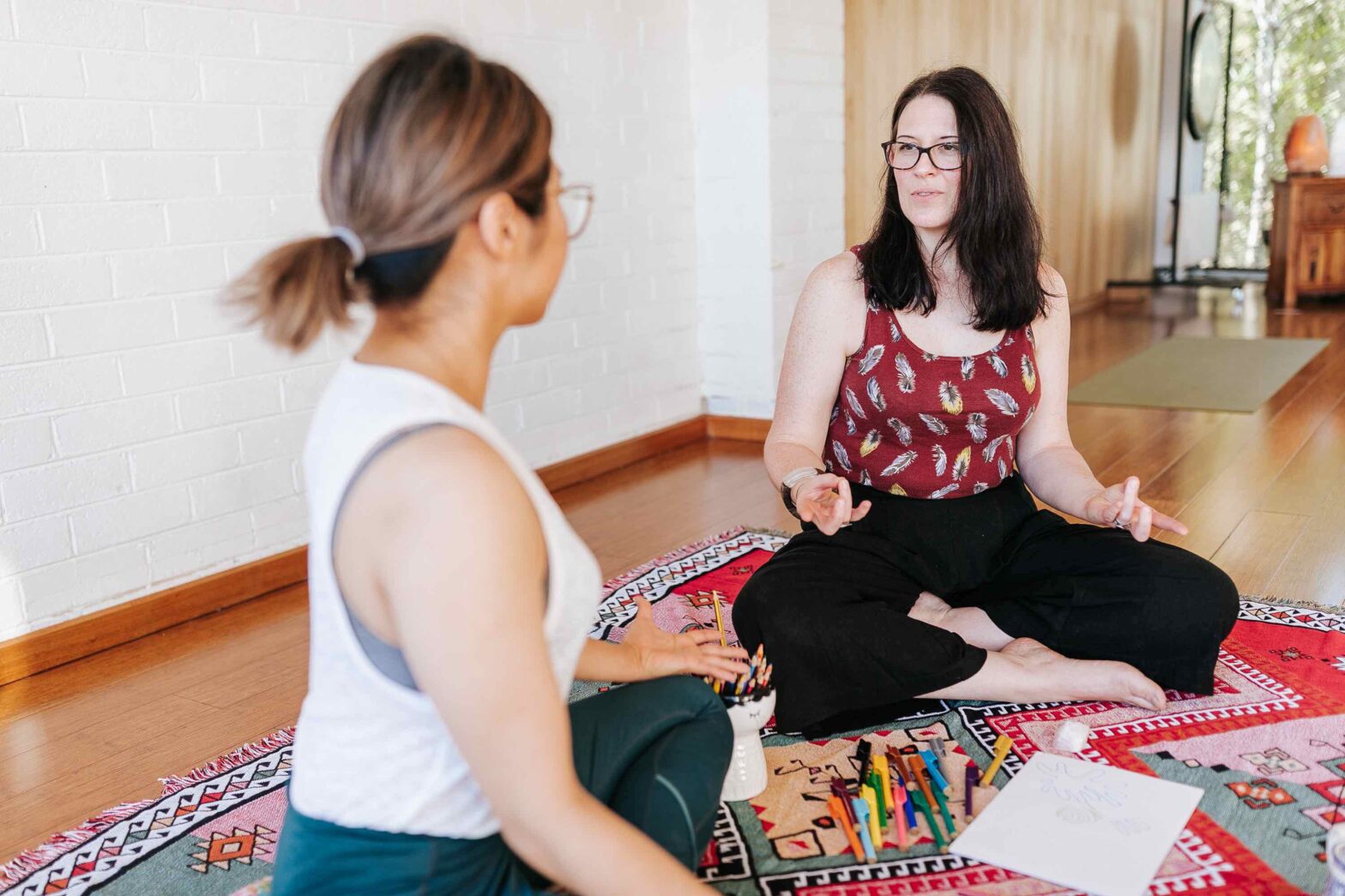
How can Movement Therapy help you?
In a physical sense, this type of therapy helps to improve strength, coordination, and mobility and decrease muscular tension. Through our Somatic and Dance Movement therapy you are also able to increase your body awareness and connection, which then helps you to increase your range of motion and movement. As humans, we are creatures of habit and can get stuck in comfortable movement patterns, whether functional or not. So our mission is to help people become more aware of their bodies and movement patterns and so we can adapt the dysfunctional ones so ultimately they can make better choices & decisions for themselves.
Studies also show that Somatic and Dance Movement therapy can be helpful across the lifespan with a range of difficulties including (but not limited to):
- Anxiety
- Autism
- Breast cancer
- Dementia
- Depression
- Eating disorders
- Fibromyalgia
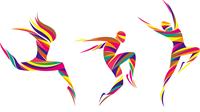
“Movement is life. Life is a process. Improve the quality of the process and you improve the quality of life itself”
— Moshe Feldenkrais
Psychological benefits
Through movement, we can also access a range of psychological benefits, which include:
- Reaching a state of deep relaxation
- Self-regulation of the tension and tightness stored in the body
- Unlocking unconscious thought processes and embedded beliefs that may be holding you back
- Understanding your brain and body’s capacity for choice
- Reconnecting with your physical and emotional self to recover from persistent stressors and overcome trauma
Trauma and Movement Therapy
The body, like the mind, can retain traumatic past events. So when your body and muscles tighten in response to a traumatic event, even when the trauma is gone, the same messages are being sent back to the brain. This tension will remain until the resting position of the body and muscles are reset. We use Somatic exercises to further contract the muscles with little effort, to change the messages being sent to the Mortor Cortex of the brain. This then results in a change in the resting position of the muscles and enables the body to release stored tension and trauma and find a new freedom and way of being.
*This form of therapy, like any other, takes time and consistency to achieve desired results.
NDIS
We are passionate about providing holistic services to our NDIS clients so that they can get the support and guidance they need to live their best life. Our movement and yoga therapy can help support emotional regulation, deeper mind-to-body connection, connecting the right and left sides of the brain, nervous system regulation and sleep issues. We provide 1-1 sessions tailored to each client and work closely with the client’s lead Psychologist to achieve and accelerate therapy goals.
Our Movement & Yoga Therapy Sessions
Lilley Place is passionate about a collaborative approach; therefore, our movement therapists work closely with our psychologists to ensure each client gets the support and care they need to feel better. We can work with clients looking for a holistic therapeutic approach to wellbeing. Sessions run for 45 minutes and are currently running in a 1:1 setting.
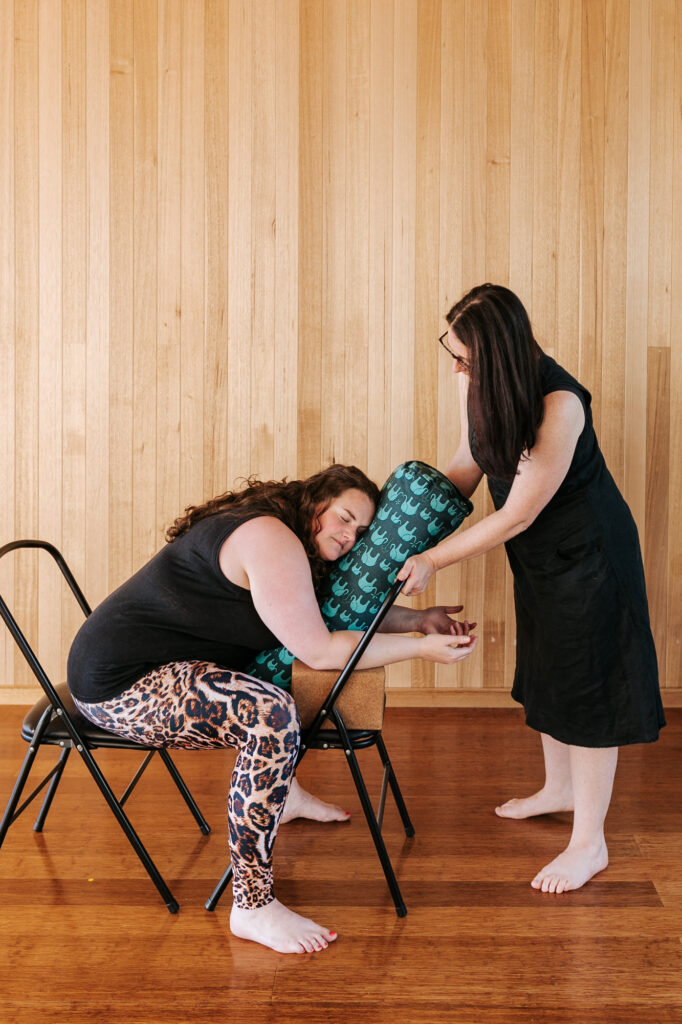
More Information
What can I expect in my first session?
The first session is about getting to know you, what your goals are and what your experience with movement has been. We help to orientate you with the space and your body so that you feel comfortable participating in sessions. In this first session, the therapist will also evaluate your physical ability so that future sessions can be designed to meet your needs. We will also practise some breathing exercises and simple movements in the body to give you an idea of what to expect in the ongoing sessions.
Header text
What do I wear to a movement therapy session?
Please wear comfortable clothing that you can easily move in. We encourage long pants/ tights and a t-shirt that doesn’t restrict your range of motion.
Do I need a referral to see a movement therapist?
No, you can book in to see our Movement Therapist whenever you’re ready. Please note that we also support NDIS self and plan-managed participants.
Will there be tactile feedback throughout the session?
Within the context of Embodied Movement and Meditation, and Yoga Therapy, the therapist is equipped with numerous skills and techniques that revolve around movement of the body and potential consequent tactile contact with clients. Movement and touch serve to assist clients in their psychological and emotional journey. The therapist always evaluates the appropriateness of the use of touch for each client. Whilst we believe there are many benefits to tactile feedback from the therapist, we do require written and verbal consent, so if we do not receive consent the sessions will be run without physical touch between therapist and client.
